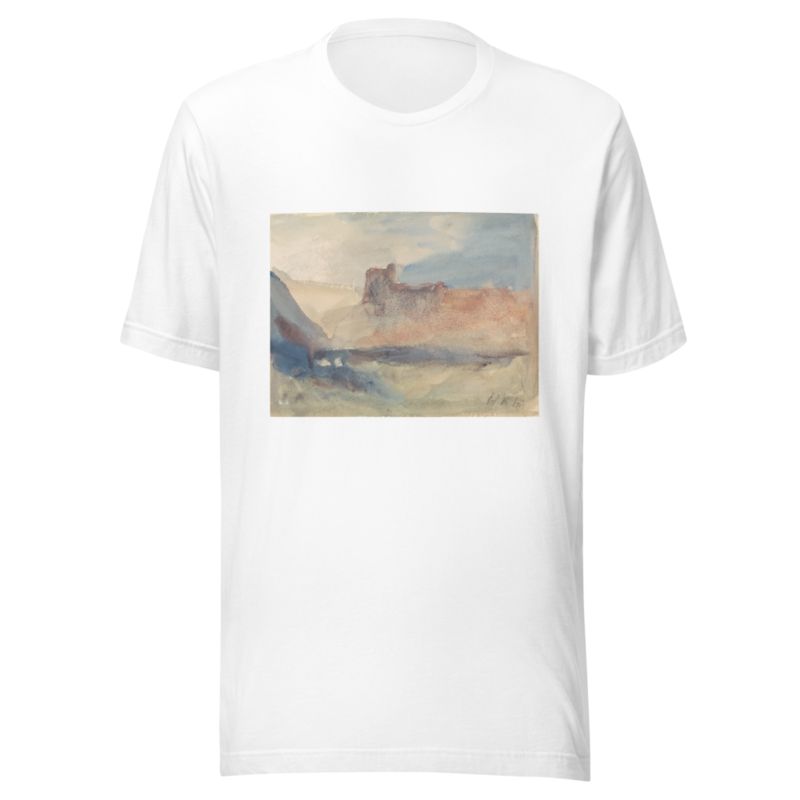Description
Coast near Tunis by Hercules Brabazon Brabazon printed on a T-Shirt
About the T-Shirt
Regular fit
Standard length, the fabric easily gives into movement
Casual wear
A classic, everyday option loved by our customers
Side-seamed
Constructed by sewing two parts together, creating a fitted look
The Unisex Staple T-Shirt feels soft and light with just the right amount of stretch. It’s comfortable and flattering for all. We can’t compliment this shirt enough–it’s one of our crowd favorites, and it’s sure to be your next favorite too!
- Solid colors are 100% Airlume combed and ring-spun cotton
- Ash color is 99% combed and ring-spun cotton, 1% polyester
- Heather colors are 52% combed and ring-spun cotton, 48% polyester
- Athletic and Black Heather are 90% combed and ring-spun cotton, 10% polyester
- Heather Prism colors are 99% combed and ring-spun cotton, 1% polyester
- Fabric weight: 4.2 oz./yd.² (142 g/m²)
- Pre-shrunk fabric
- 30 singles
- Side-seamed construction
- Tear-away label
- Shoulder-to-shoulder taping
- Blank product sourced from Nicaragua, Mexico, Honduras, or the US
Hercules Brabazon Brabazon (1821-1906)
Hercules Brabazon Brabazon was an English artist, accomplished in Turner-manner watercolours.
Brabazon was the younger son of Hercules Sharpe and his wife, Anne Mary, the daughter of Sir Anthony Brabazon, 1st Bt. Initially raised in Paris, he moved with his family to Oaklands, an estate near Sedlescombe, East Sussex, in 1832. He attended Harrow School, the École Privat, Geneva, and Trinity College, Cambridge, graduating with a B.A. in mathematics in 1844.
His father then wanted him to study law, but instead he left England and went to Rome to study music and art, enrolling at the Accademia di Santa Cecilia and Accademia di San Luca. His father attempted to make him return by reducing his allowance, but in 1847, upon the death of his elder brother, he gained financial independence when he inherited family estates in Connaught, the will requiring that he change his surname to Brabazon. From then on he led a life of travel, art study and painting, inspired by the works of artists such as Velázquez and Turner.
In 1858 he inherited Oaklands, whose management he left to his brother-in-law while he continued to travel – mostly in Europe, but with trips to Africa and India – always returning with his watercolours. Describing himself as living “for Art and Sunshine”, he viewed himself as a gentleman amateur, and did not show or try to sell his work until his mid-seventies.
With the encouragement of artist friends, particularly John Singer Sargent, he began to exhibit, first at the New English Art Club, followed by successful one-man exhibitions at the Goupil Gallery in Bond Street. He died at Sedlescombe in 1906, and is buried there.






Reviews
There are no reviews yet.